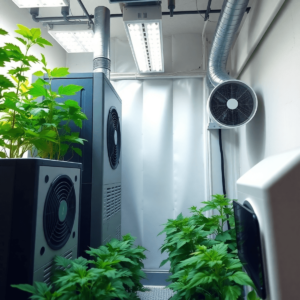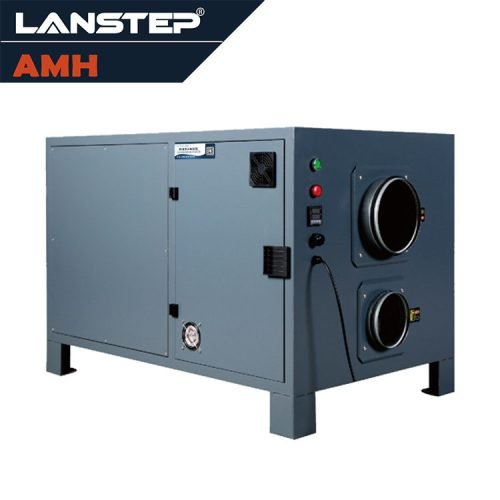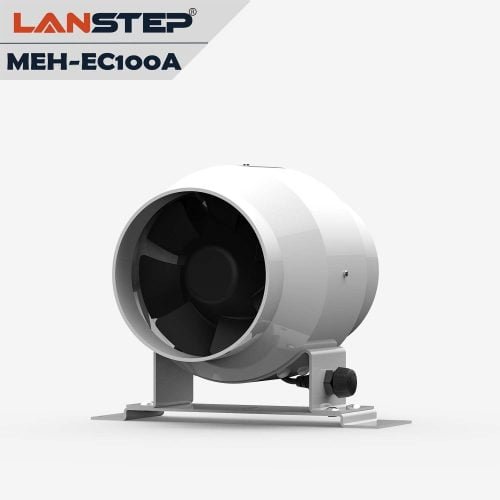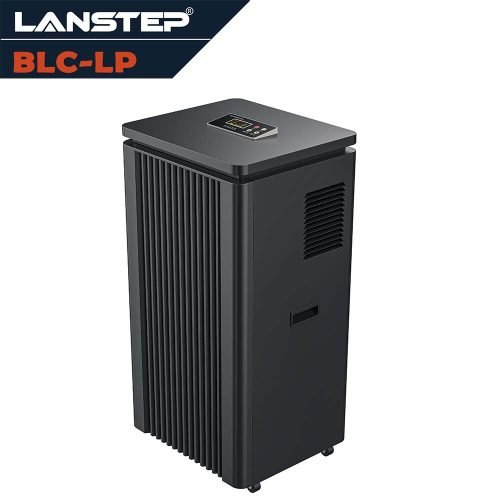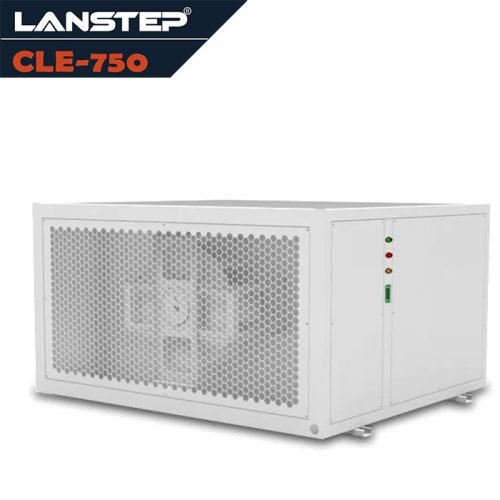
Maintaining optimal humidity levels in a greenhouse environment is crucial for promoting healthy crop growth. In this article, we will explore the benefits of using dehumidifiers, discuss various types of dehumidifiers available for greenhouse use, provide guidelines on ideal humidity levels for different stages of crop growth, and offer additional tips for managing greenhouse humidity.
The Importance of Maintaining Optimal Humidity Levels in a Greenhouse Environment
Achieving and maintaining the ideal humidity level is vital for promoting the healthy growth of crops in a greenhouse. Excessive humidity can create a favorable environment for the development of diseases and pests, while inadequate humidity can hinder photosynthesis and plant transpiration.
Benefits of Using Dehumidifiers in a Greenhouse Environment
Dehumidifiers offer several advantages when used in a greenhouse setting. By effectively reducing excess moisture in the air, dehumidifiers help prevent the growth of mold and mildew, which can lead to crop damage. They also create a healthier environment for plants by reducing the risk of diseases and pests.Controlling humidity levels through dehumidifiers enhances nutrient uptake in plants, reduces the occurrence of foliar diseases, and improves overall crop yields.
Types of Dehumidifiers Suitable for Greenhouses
There are different types of dehumidifiers that can be used in greenhouses. Desiccant dehumidifiers and refrigerant dehumidifiers are the common choices. Desiccant dehumidifiers use a drying agent to absorb moisture from the air, making them suitable for warm and humid greenhouses. Refrigerant dehumidifiers, on the other hand, work by condensing moisture from the air, making them more appropriate for cool and moderate climates.
When selecting a dehumidifier for a greenhouse, factors such as size, efficiency, and suitability for the specific greenhouse conditions should be taken into consideration.

Optimal Humidity Levels for Different Stages of Crop Growth
To ensure optimal crop growth, it is crucial to maintain appropriate humidity levels throughout the different growth stages. Every plant has its unique requirements, but generally, during the vegetative stage, a humidity range of 50% to 70% is recommended. As the plants enter the flowering or fruiting stage, humidity levels should ideally be lowered to around 40% to 60%. It is important to note that these values may vary based on the specific plant species and environmental conditions.
By using a dehumidifier equipped with a hygrometer, greenhouse managers can accurately monitor and adjust the humidity level to match the needs of the growing crops.
Additional Tips for Managing Greenhouse Humidity
In addition to using dehumidifiers, there are other techniques and practices that can complement the dehumidification process to maintain ideal humidity levels in the greenhouse. Proper ventilation is essential for controlling moisture levels by allowing air circulation. Mulching around the plants can help retain moisture in the soil while preventing excessive evaporation.

Watering practices should also be managed carefully to avoid overwatering, which can increase humidity levels. Integrated Pest Management strategies can assist in preventing pest infestations, as pests are often attracted to high humidity environments.
Conclusion
Using dehumidifiers to control and maintain optimal humidity levels in a greenhouse environment is crucial for improving crop growing conditions. By effectively reducing excess moisture, dehumidifiers create a conducive environment that promotes healthy growth and reduces the risk of diseases and pests. Selecting the appropriate type of dehumidifier, monitoring humidity levels, and implementing additional techniques such as proper ventilation and watering practices can further enhance greenhouse management practices.By considering these aspects, greenhouse managers can improve their crop yields and ensure the successful growth of plants throughout their different growth stages.



